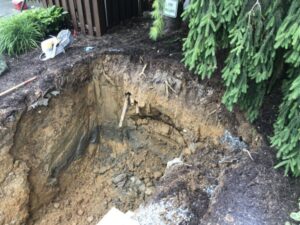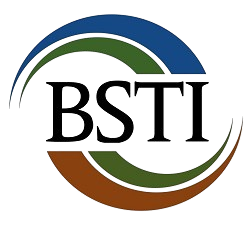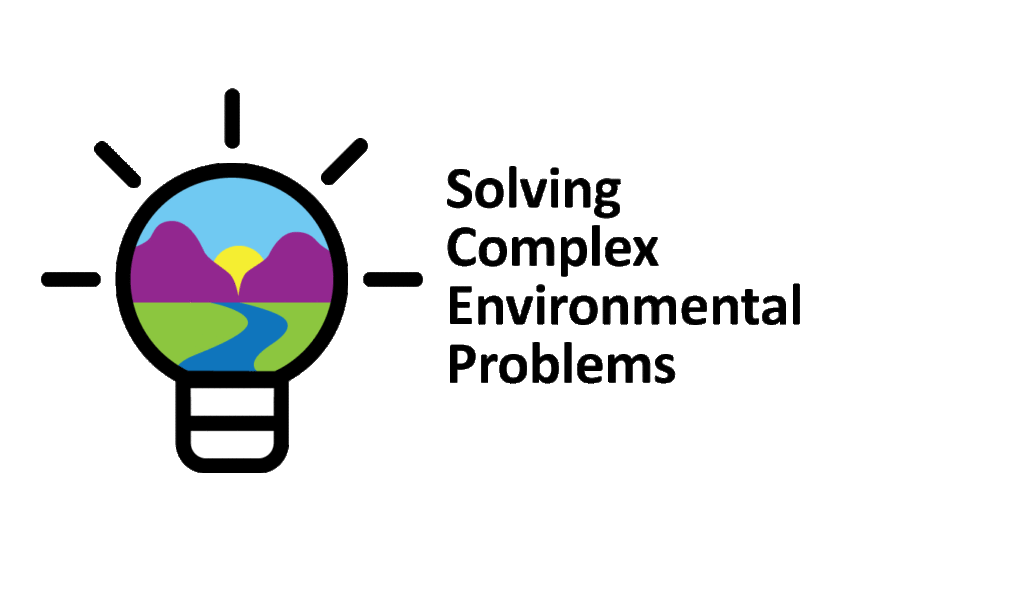Due to the levels of target compounds detected in soils and water, the site entered the state’s regulatory cleanup process. To navigate this process, BSTI developed a comprehensive field investigation for defining the extent and degree of apparent impacts to soils and groundwater. During the assessment however, BSTI geologists determined that the water observed within the tank excavation was not, in fact, groundwater. Rather it became clear during well drilling that the water in the excavation was a localized feature, and the actual shallow water table resided much deeper.

The Pivot
Based on the information obtained in the field, BSTI realized that we could shift cleanup strategies to take advantage of a streamlined regulatory process when dealing with only soil impacts related to tank releases. BSTI could expedite closure for the site if it could be shown that soils had been remediated, groundwater was not adversely affected, impacts did not migrate offsite, and the cleanup process was completed within three months of the release discovery. To pursue this cleanup option, BSTI fast-tracked a soil excavation and disposal scope and completed the regulatory documentation within days of the three-month deadline. Ultimately, cleanup targets were achieved, and the site received full liability protection for the release without any restrictions to future intended site use.
The Benefit
By astutely connecting field observations and knowledge of the regulations, BSTI was able to rapidly shift the remedial strategy to bring about the best possible outcome for the client. Overall, BSTI saved the client over 50% of projected total costs by taking advantage of the streamlined cleanup process. In addition, the total expected time to bring closure to the site was reduced by as much as two years. While discovery of a leaking tank is alarming, due to BSTI’s sound technical approach, familiarity with the regulatory framework, and pro-active strategic planning, the release was quickly and favorably resolved for our client with no lingering post-closure responsibilities.






